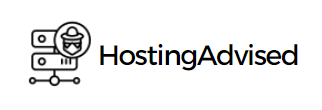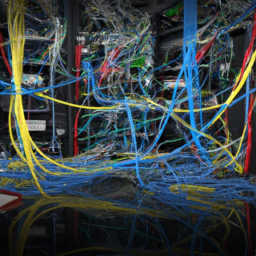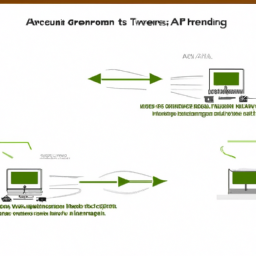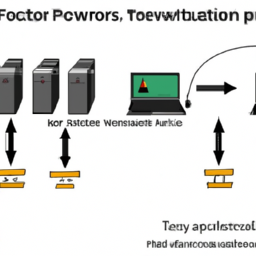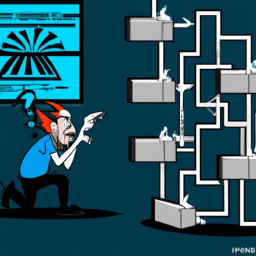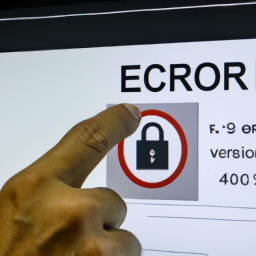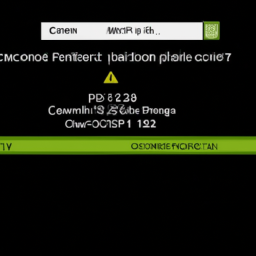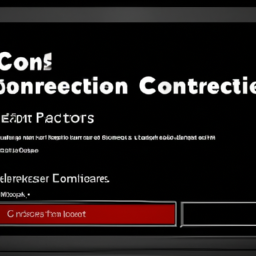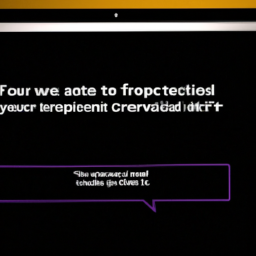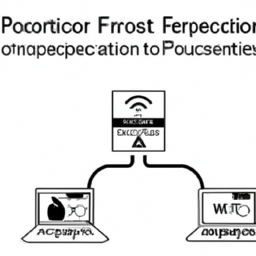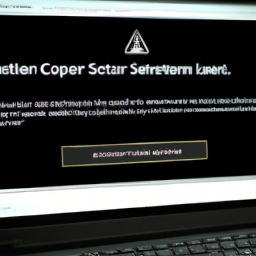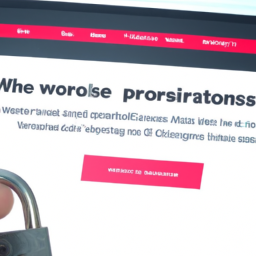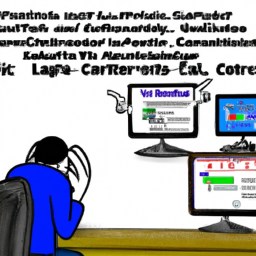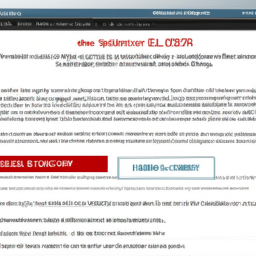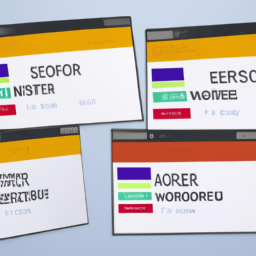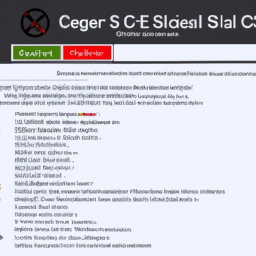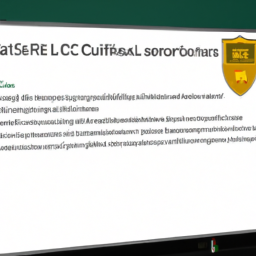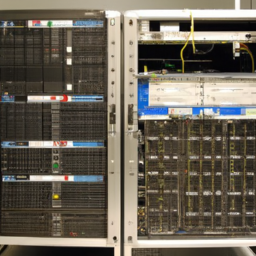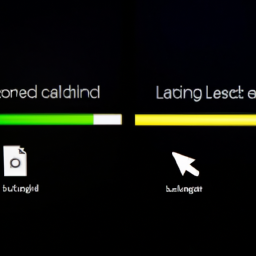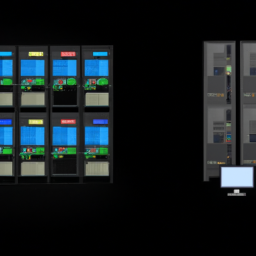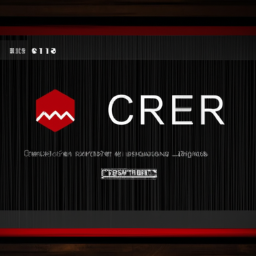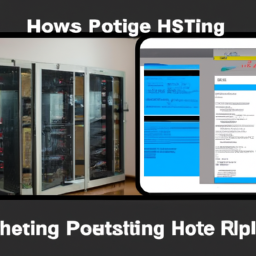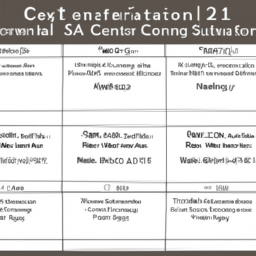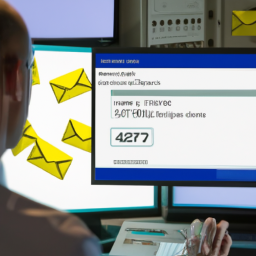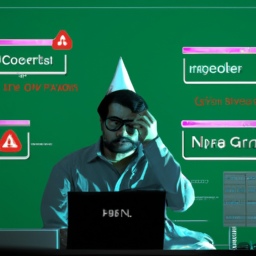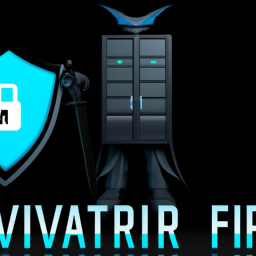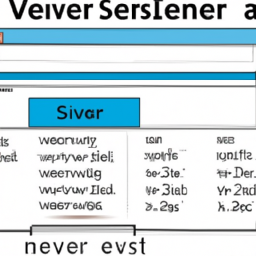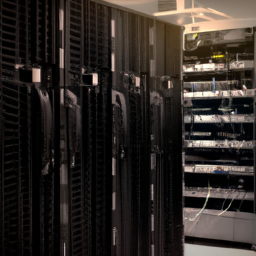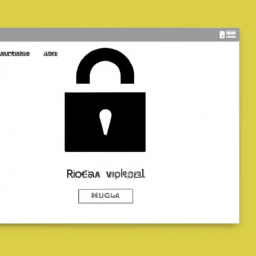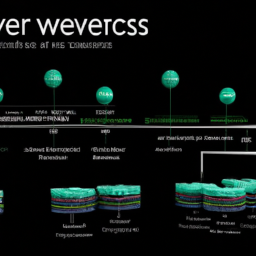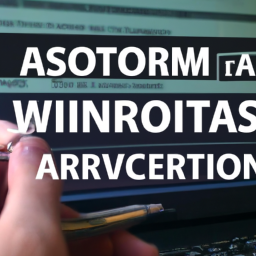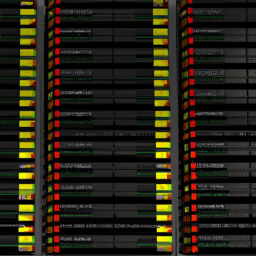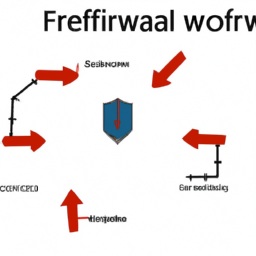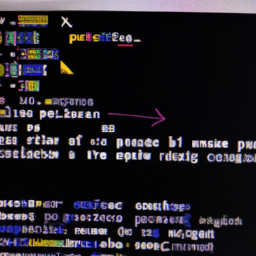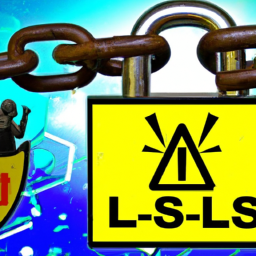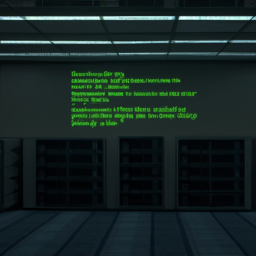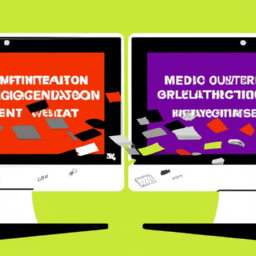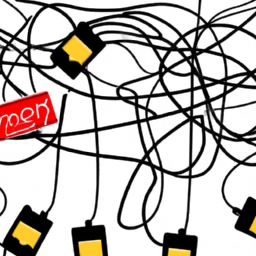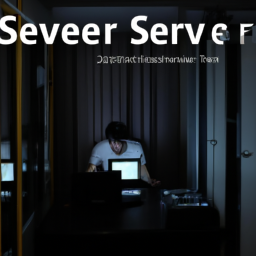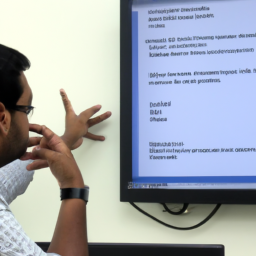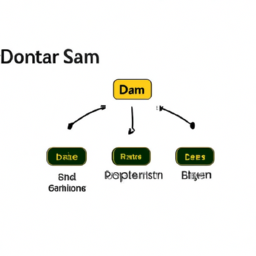Are you tired of feeling like you’re trapped in a digital prison, unable to connect to your FTP server due to those pesky firewalls? Well, fear not, because we have the ultimate guide to help you break free!
In this article, we will walk you through the process of troubleshooting FTP connection issues caused by firewalls.
Firewalls are powerful security measures designed to protect your network from unwanted intrusions. However, they can sometimes be a bit too overzealous, blocking your FTP connections and leaving you frustrated. But worry not, we’ve got your back!
We’ll start by explaining how firewalls work, giving you a better understanding of the problem at hand. Then, we’ll guide you through checking your firewall settings and ensuring that the necessary FTP ports are allowed. We’ll also show you how to configure passive mode and, as a last resort, temporarily disable the firewall.
So, if you’re ready to take control of your FTP connections and conquer those firewalls, let’s dive right in!
Key Takeaways
- Firewalls can block FTP connections
- Troubleshoot FTP connection issues caused by firewalls
- Check firewall settings for open FTP ports
- Configure FTP over SSL/TLS for added security
Understand How Firewalls Work
Firewalls are designed to regulate network traffic, allowing or blocking connections based on predefined rules and policies. Understanding how firewalls work is crucial when troubleshooting common firewall issues related to FTP connections.
Firewall configurations play a key role in determining whether an FTP connection will be successful or not. Firewalls can be configured to allow or deny specific ports, protocols, or IP addresses, which directly affects the ability to establish an FTP connection.
It is important to check firewall settings to ensure that the necessary ports for FTP (such as port 21 for control connections and port 20 for data connections) are open and not being blocked. By verifying and adjusting firewall configurations, you can address potential issues and optimize FTP connections for smooth data transfer.
Check Firewall Settings
Make sure you’ve double-checked your firewall settings to ensure a smooth and hassle-free FTP experience. Here are some steps to troubleshoot FTP connection issues and common FTP problems related to firewall settings:
- Verify that the FTP port is open in your firewall configuration.
- Check if the firewall is blocking the FTP client application.
- Ensure that the FTP server’s IP address is allowed through the firewall.
- Disable any firewall rules that might be interfering with FTP connections.
- Confirm that the firewall isn’t restricting FTP data transfers.
By following these steps, you can troubleshoot FTP connection issues caused by firewall settings. Once you’ve verified and adjusted your firewall configuration, you can proceed to the next section about allowing FTP ports in the firewall.
Allow FTP Ports in the Firewall
To ensure a seamless FTP experience, you need to allow FTP ports in your firewall settings. This will enable smooth data transfers and avoid frustration in the process.
Troubleshooting NAT traversal is an essential step in this process. NAT can interfere with FTP connections by altering IP addresses and ports, making it difficult for the FTP server to communicate with the client.
By configuring FTP over SSL/TLS, you can add an extra layer of security to your FTP connections. FTP over SSL/TLS encrypts the data being transferred, protecting it from unauthorized access.
Once you have allowed FTP ports and addressed NAT traversal issues, the next step is to configure passive mode. This mode allows the FTP server to choose the port for data transfers, ensuring efficient communication between the client and the server.
Configure Passive Mode
Once you’ve allowed FTP ports and addressed NAT traversal, it’s time to configure passive mode for efficient communication between the client and server. Passive mode is particularly useful when troubleshooting active mode issues or exploring alternative FTP protocols. By default, FTP uses active mode, where the server initiates the data connection to the client. However, this can be problematic when clients are behind firewalls or NAT devices. In passive mode, the client initiates both the control and data connections, allowing for better compatibility with firewalls. To configure passive mode, you need to specify a range of ports on the server that will be used for data connections. This range should be opened in the firewall to allow incoming connections. Once this is done, the client can establish a data connection with the server using one of the available ports from the specified range.
Now that you have configured passive mode, the next step is to disable or temporarily turn off the firewall to further troubleshoot FTP connection issues.
Disable or Temporarily Turn Off the Firewall
When disabling or temporarily turning off the firewall, it’s important to note that 90% of FTP connection problems can be attributed to firewall configurations. This means that by disabling the firewall, you have a high chance of resolving the FTP connection issue. However, it’s crucial to consider the impact of disabling the firewall on network security. By turning off the firewall, you’re essentially opening your network to potential threats and attacks. This could compromise the security of your data and systems.
Therefore, it’s recommended to only disable the firewall temporarily and for troubleshooting purposes.
To evoke an emotional response, consider these sub-lists:
-
Potential risks of disabling the firewall:
- Increased vulnerability to cyber attacks
- Higher chances of unauthorized access
- Compromised data integrity and confidentiality
-
FTP client alternatives:
- Consider using SFTP or FTPS for a more secure connection
- Explore cloud-based file transfer solutions
- Utilize VPN services for secure remote access
By understanding the risks and exploring alternative options, you can make an informed decision when disabling the firewall temporarily.
If these steps don’t resolve the issue, it may be time to seek professional help for further troubleshooting.
Seek Professional Help
Need some expert assistance to resolve your problem? Seek professional help to tackle your network security concerns and ensure a smooth FTP experience.
Troubleshooting common FTP connection errors can be a complex task, especially when dealing with firewalls. Professionals with extensive knowledge and experience in network security can help identify and resolve any issues that may be hindering your FTP connection.
They can analyze your firewall settings and recommend best practices for securing FTP connections, ensuring that your data remains protected during file transfers. By seeking professional help, you can save time and avoid potential mistakes that could further complicate the troubleshooting process.
So, don’t hesitate to reach out to experts who can provide the necessary expertise and guidance to overcome any firewall-related obstacles you may encounter.
Frequently Asked Questions
Can I use FTP over TLS/SSL with a firewall?
Yes, you can use FTP over TLS/SSL with a firewall. When troubleshooting FTP connection issues, it’s important to ensure that your firewall is properly configured to allow FTP traffic.
To enable FTP over TLS/SSL, you need to configure your firewall to allow both FTP control and data connections. This involves opening the appropriate ports and configuring the firewall to inspect encrypted FTP traffic.
By doing so, you can securely transfer files using FTP over TLS/SSL while still maintaining the protection of your firewall.
How can I determine if my FTP connection issue is caused by the firewall?
To determine if your FTP connection issue is caused by the firewall, there are a few FTP connection troubleshooting tips you can follow.
First, check if the firewall is blocking the FTP ports (20 and 21) by reviewing the firewall rules.
Also, ensure that the FTP client and server are configured correctly and that passive mode is enabled.
Common firewall issues with FTP connections include the FTP helper module not being enabled or the firewall blocking the data channel.
Are there any specific firewall settings that need to be configured for FTP?
To ensure a successful FTP connection, you need to configure specific firewall settings. By enabling passive mode in the firewall configuration, you can allow incoming connections to your FTP server. This overcomes the objection that firewalls block FTP connections by default.
Additionally, you can troubleshoot the connection by checking if the firewall is blocking the FTP ports, using network monitoring tools, or temporarily disabling the firewall for testing purposes. These troubleshooting techniques will help you identify and resolve any FTP connection issues caused by firewalls.
What steps can I take to troubleshoot FTP connection issues if I have already checked and adjusted the firewall settings?
To troubleshoot FTP connection issues after adjusting firewall settings, follow these troubleshooting steps.
Firstly, ensure that the FTP server is running and accessible.
Next, check if the FTP client is properly configured with the correct server address, username, and password.
Additionally, verify that the FTP ports (20 and 21) are open on the firewall.
If the issue persists, try using passive mode or enabling additional FTP protocols such as FTPS or SFTP for improved security and compatibility.
Is it possible for a firewall to only partially block FTP connections, causing intermittent issues?
Understanding firewall restrictions is like navigating through a maze where some paths are blocked while others are open. Troubleshooting intermittent FTP connections can be challenging because firewalls can partially block FTP traffic, leading to unpredictable issues.
To address this, ensure that the firewall settings allow both active and passive FTP modes. Additionally, check if the firewall is inspecting FTP traffic, as this could cause intermittent problems. Consider temporarily disabling the firewall for testing purposes to pinpoint the issue.
Conclusion
In conclusion, troubleshooting FTP connection issues with firewalls can be a challenging task. However, by understanding how firewalls work and checking their settings, you can often identify and resolve the problem.
Allowing FTP ports in the firewall and configuring passive mode are additional steps that can help ensure a successful connection.
If all else fails, disabling or temporarily turning off the firewall may be necessary. Remember, seeking professional help is always an option if you’re feeling overwhelmed.
So don’t be discouraged, you’ve got this!
